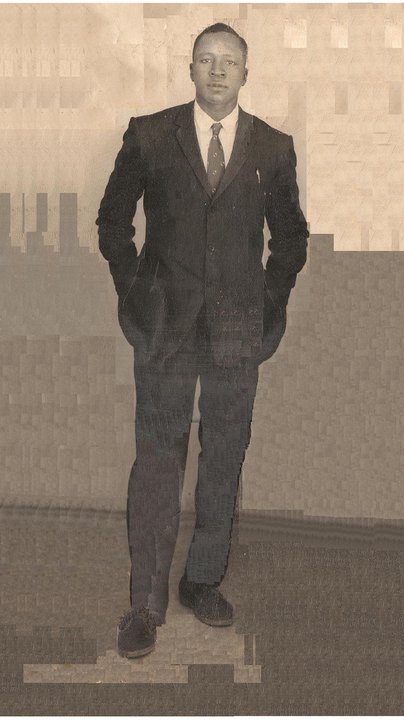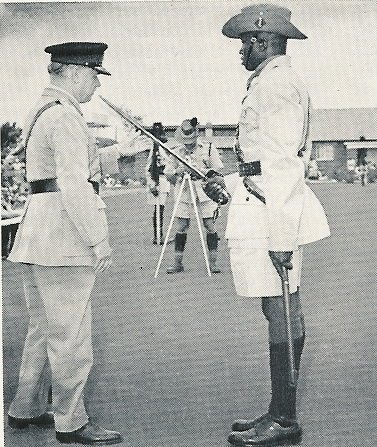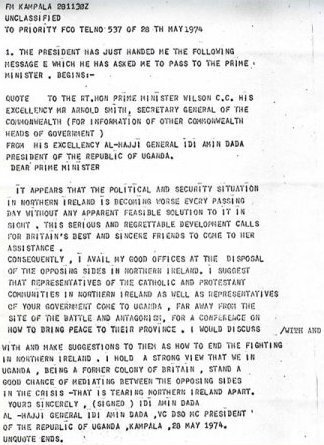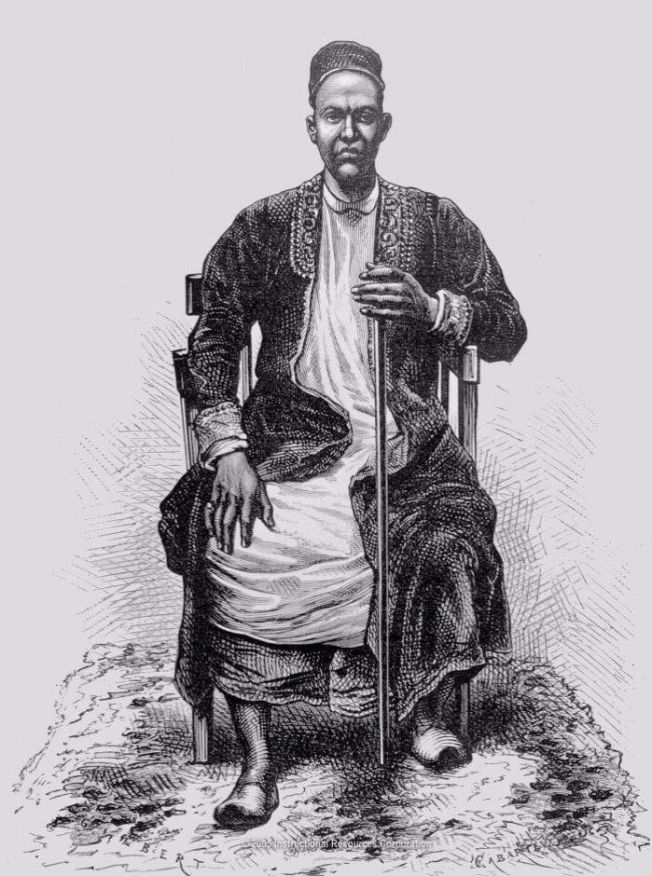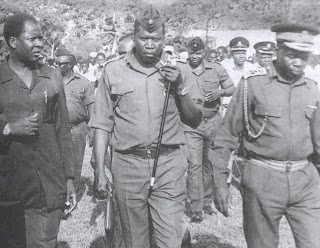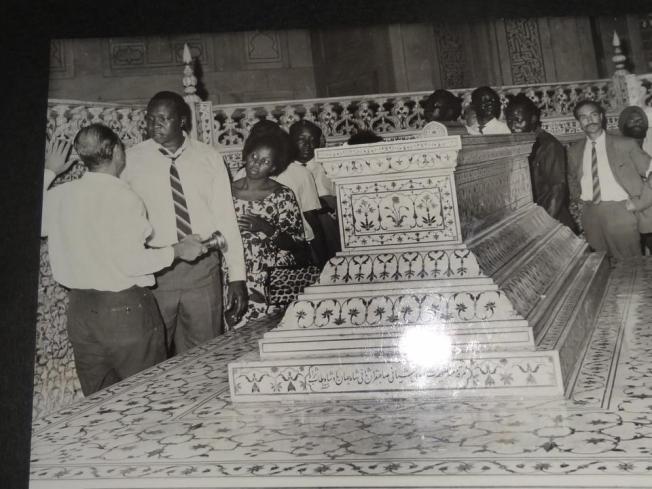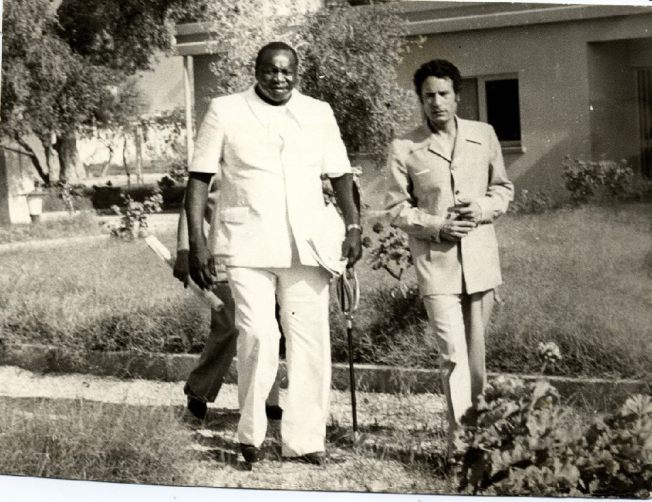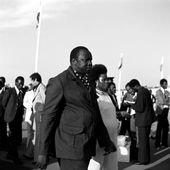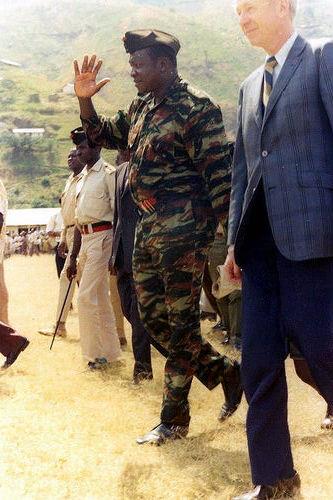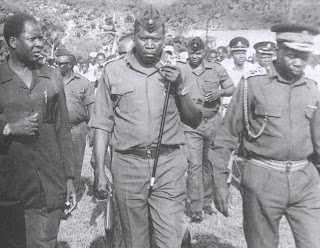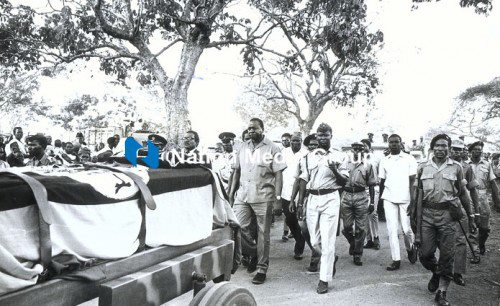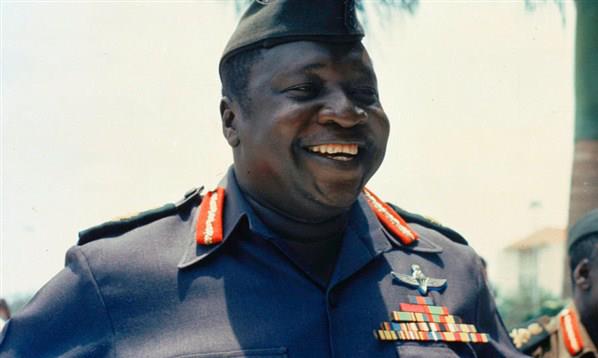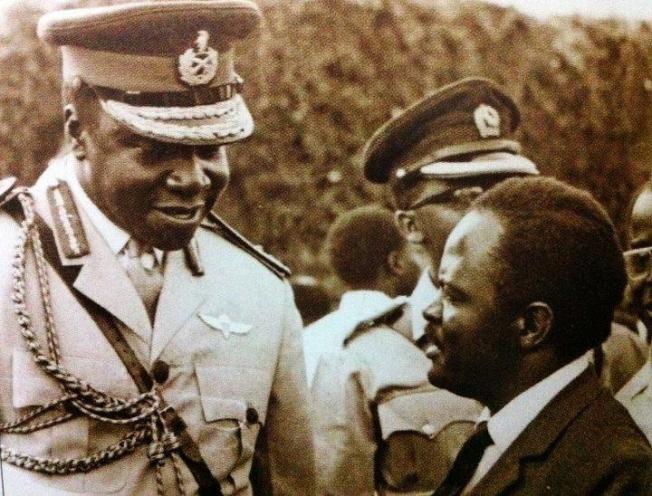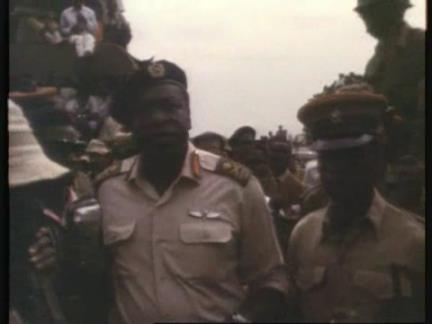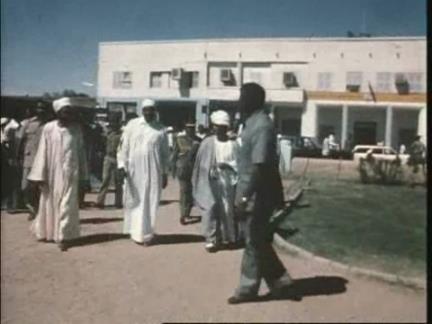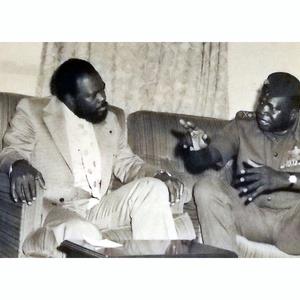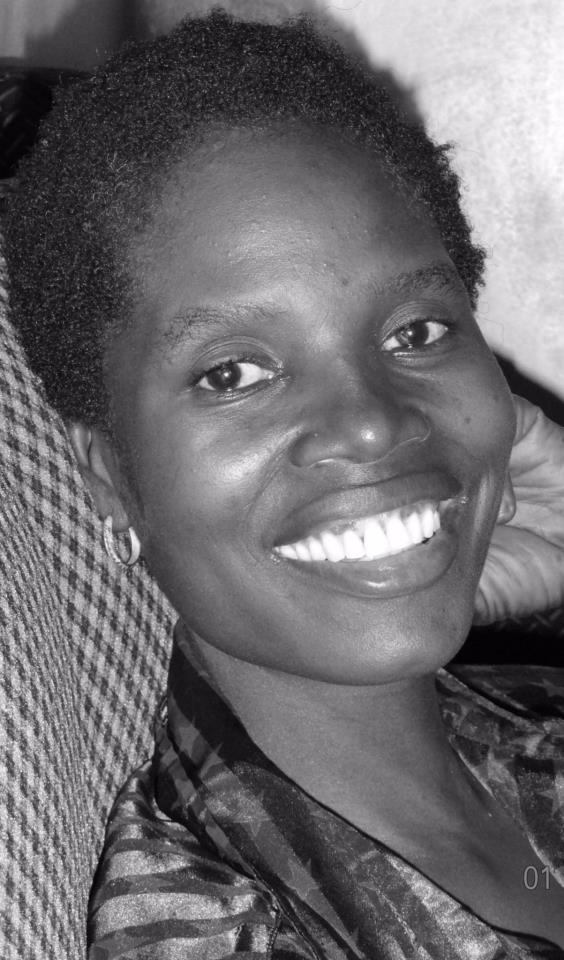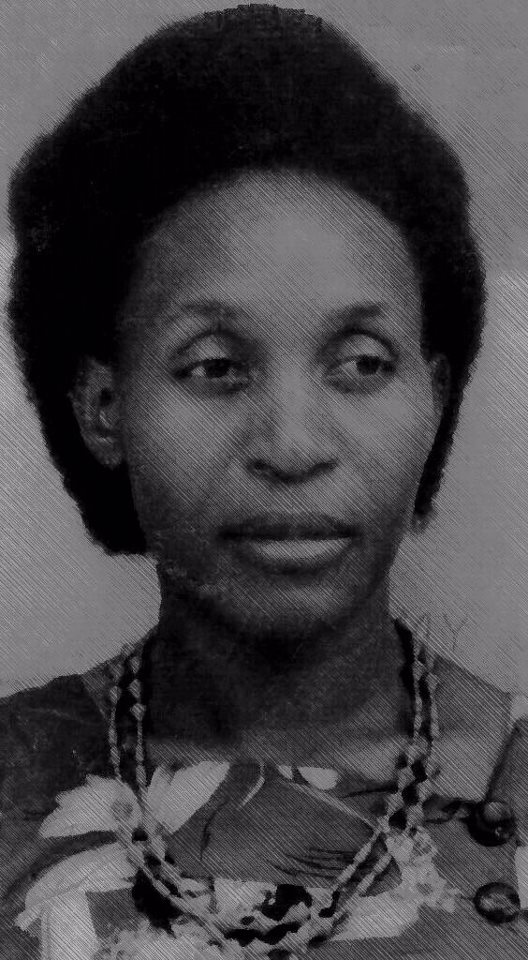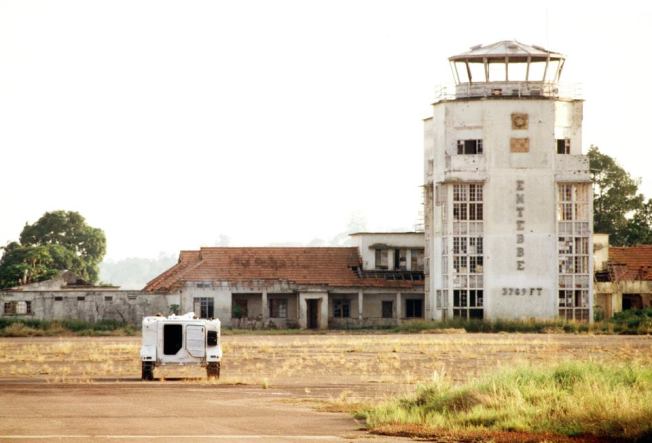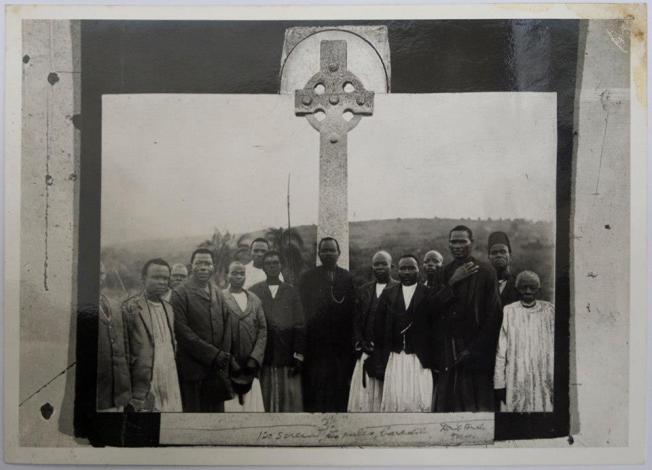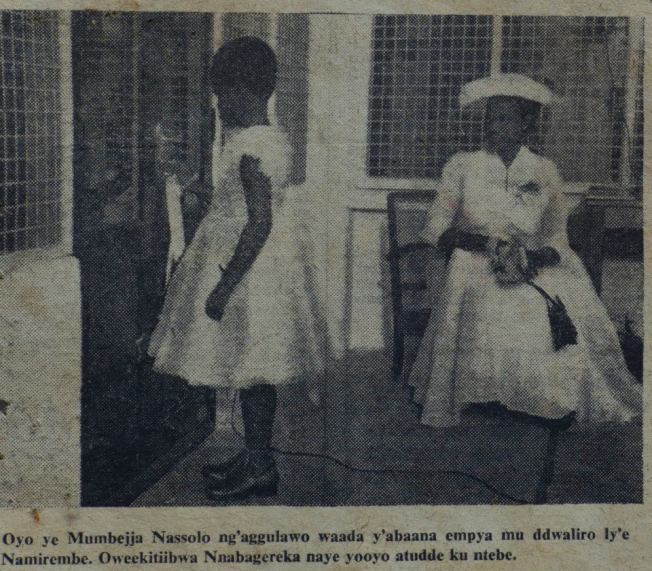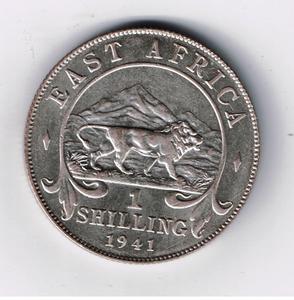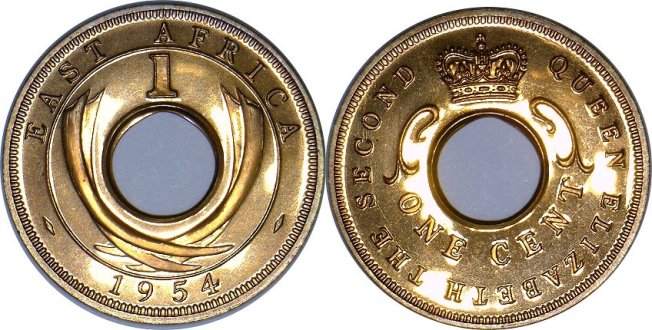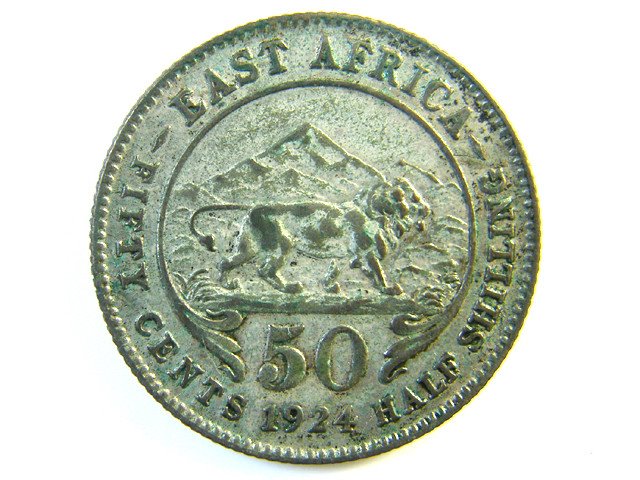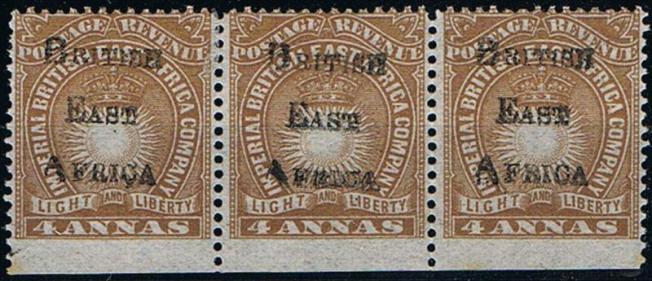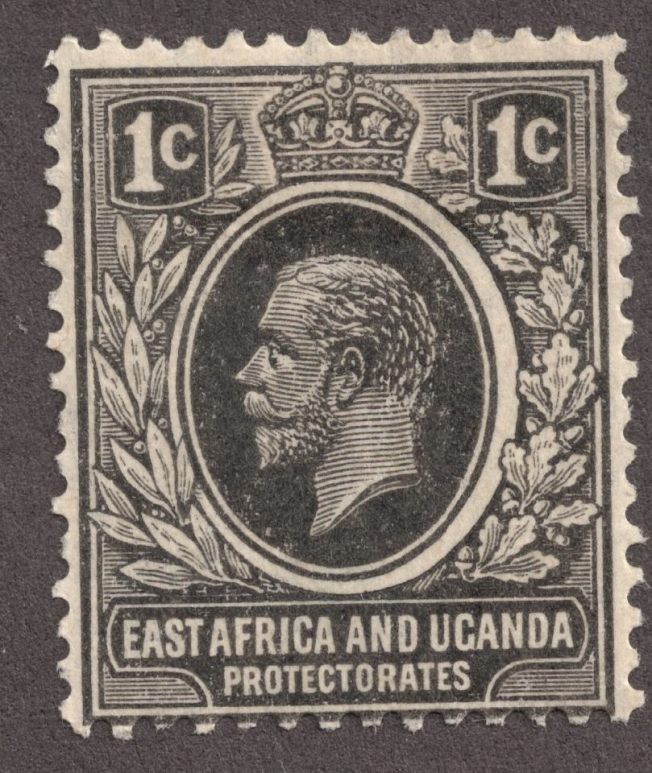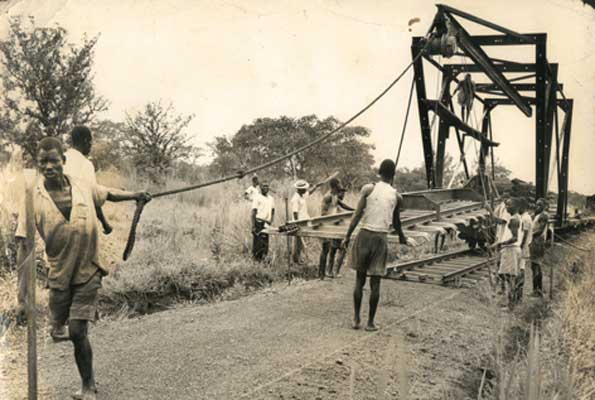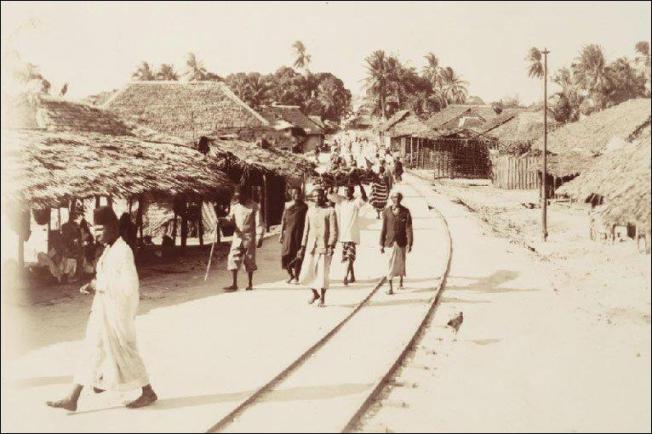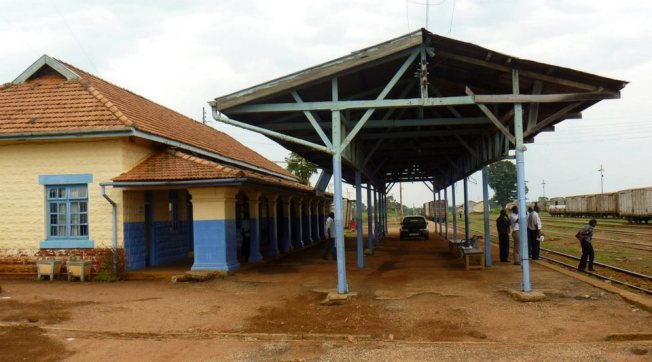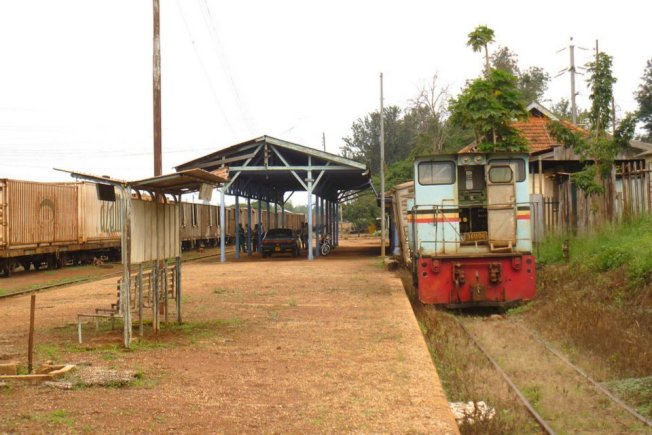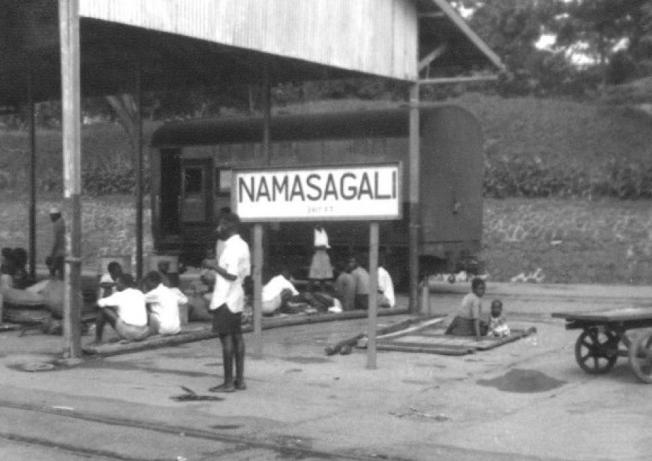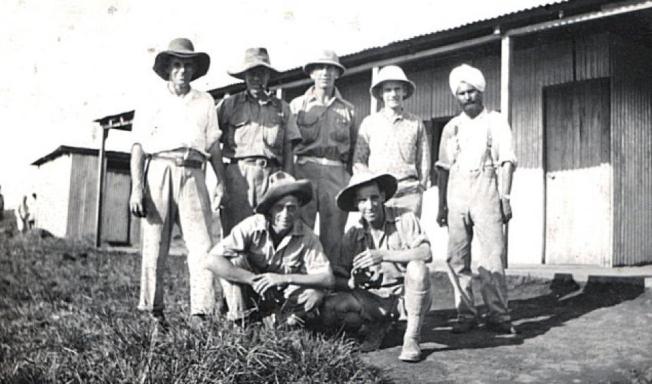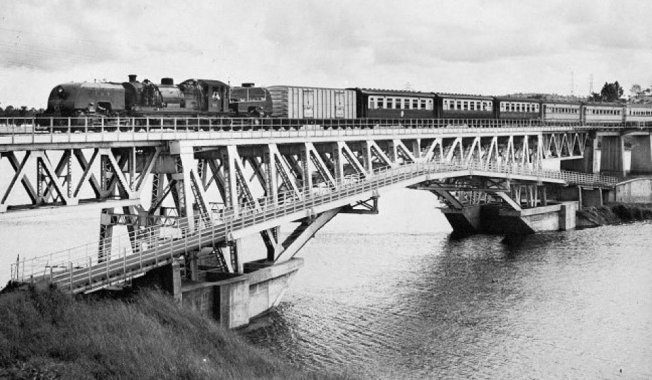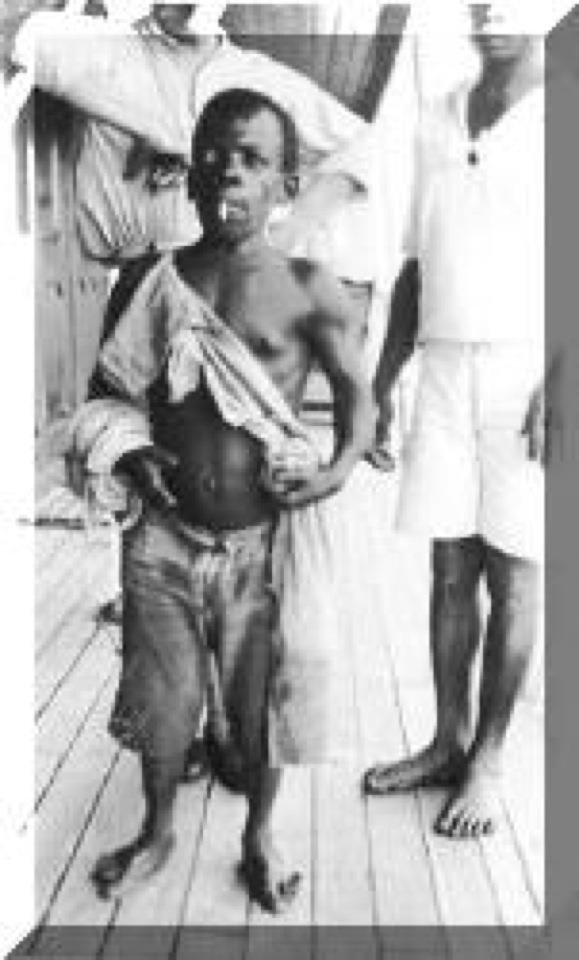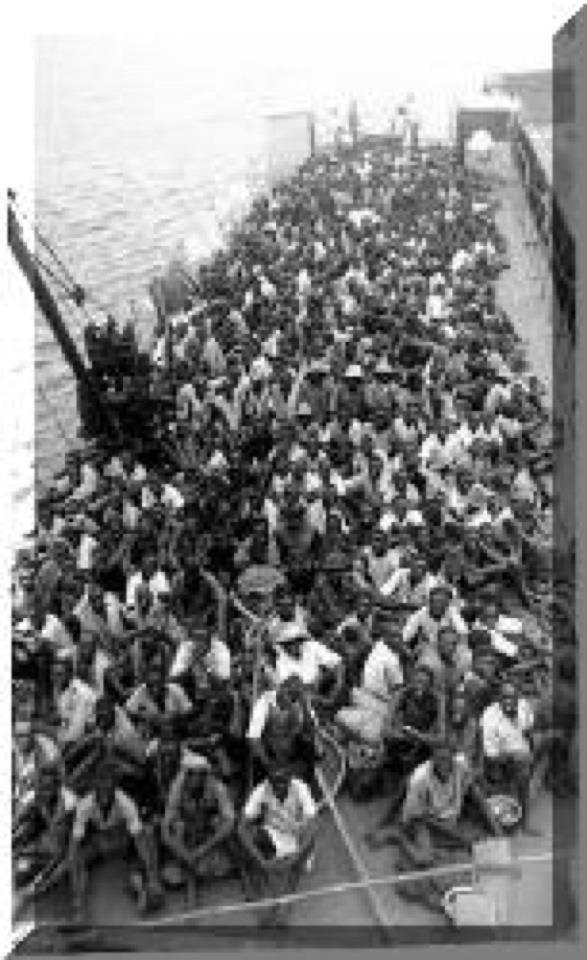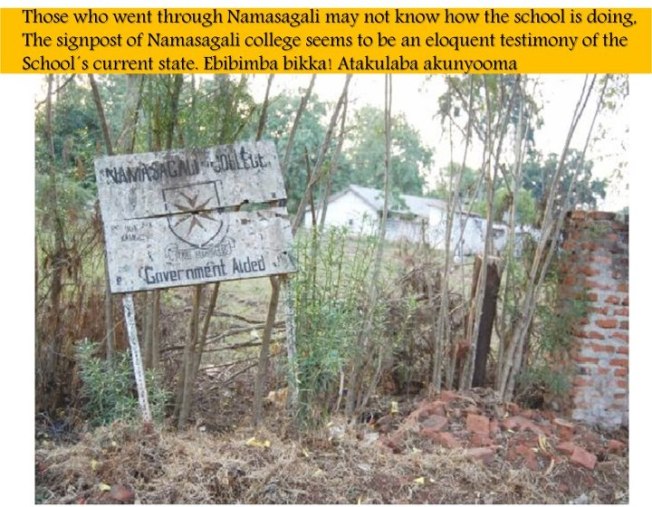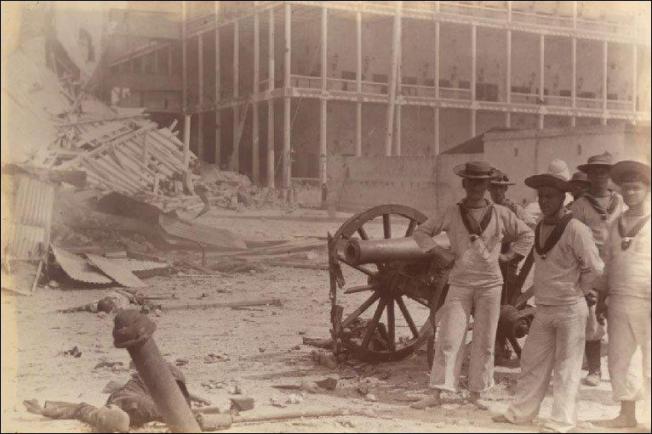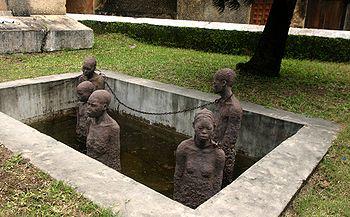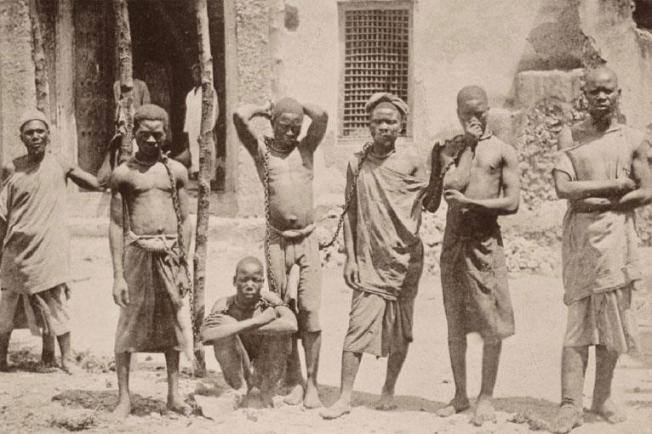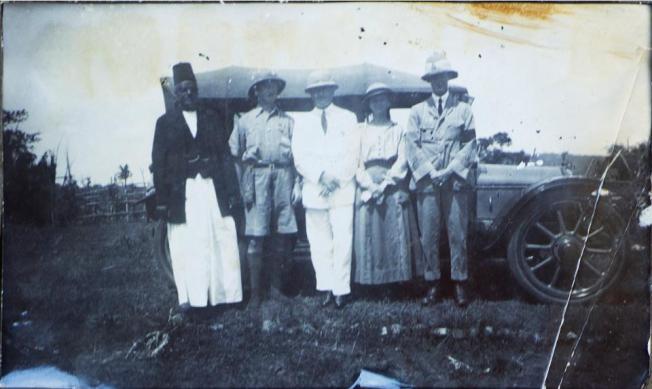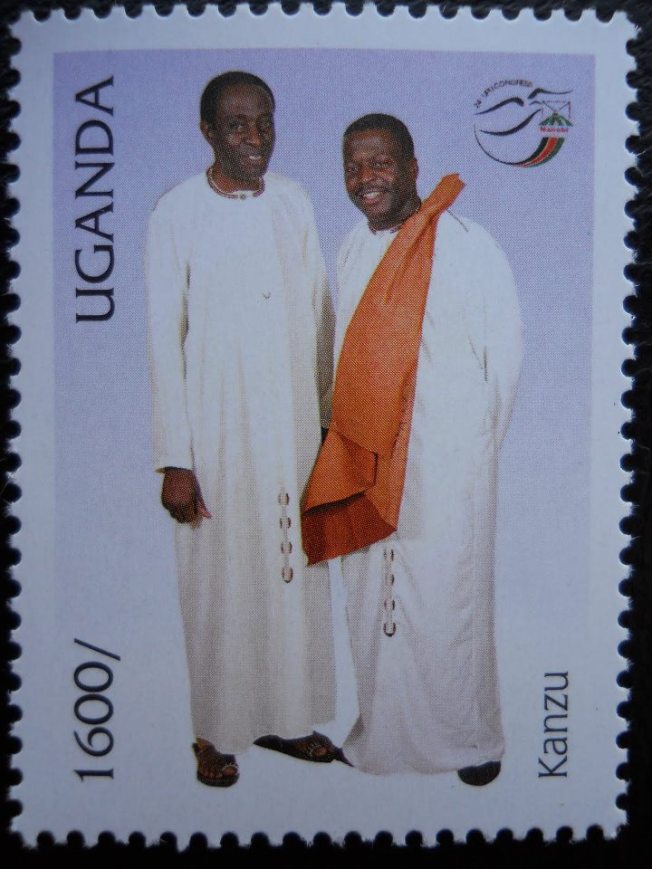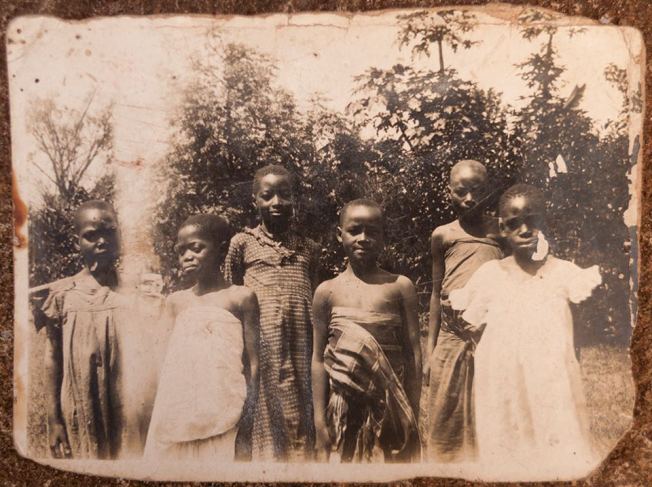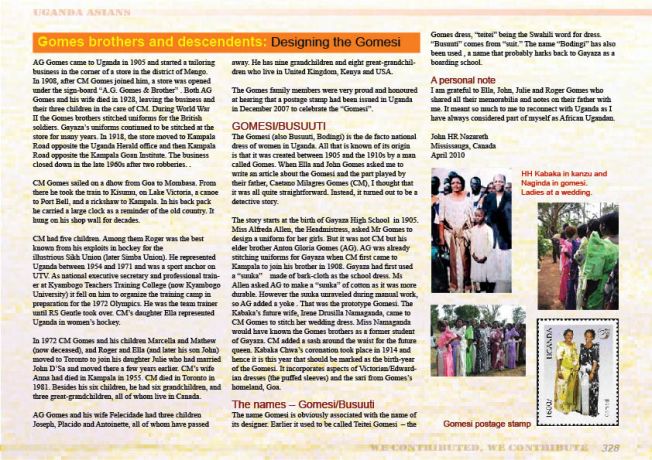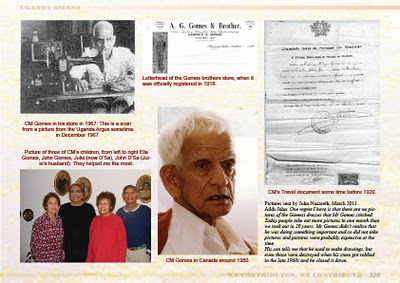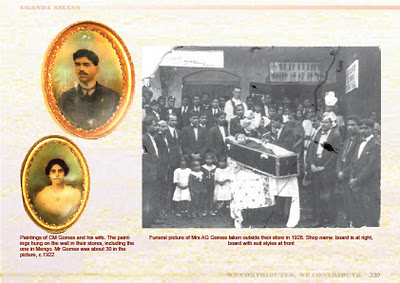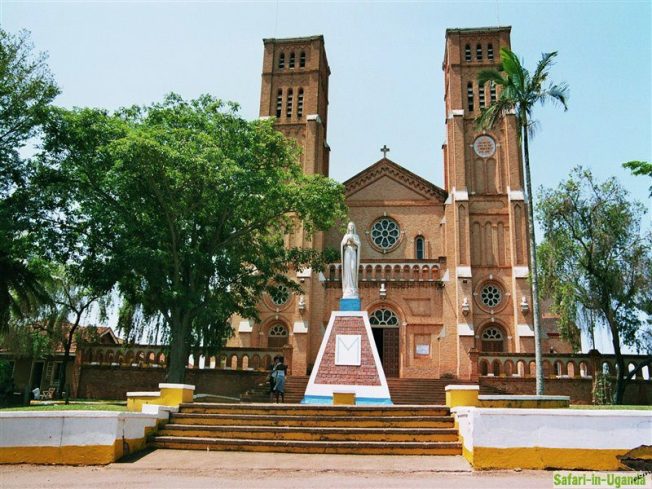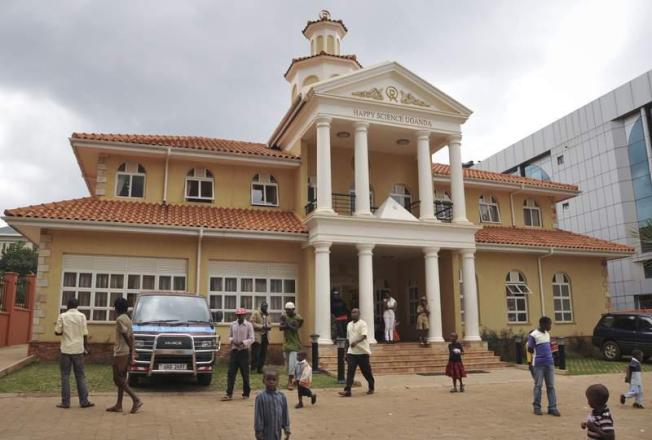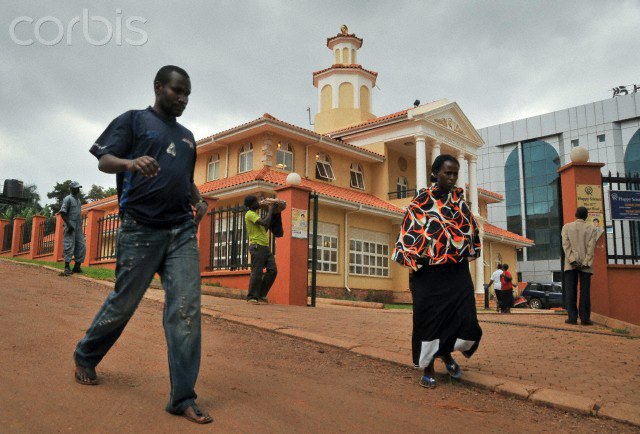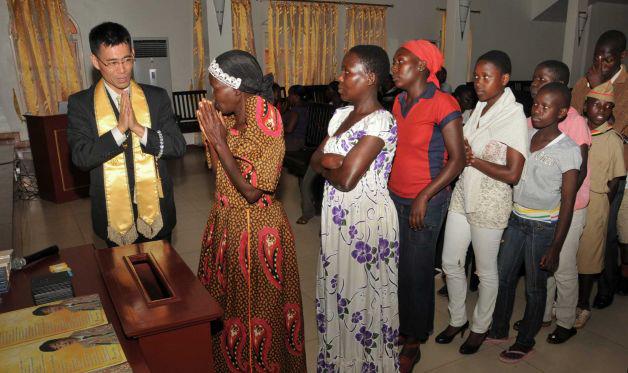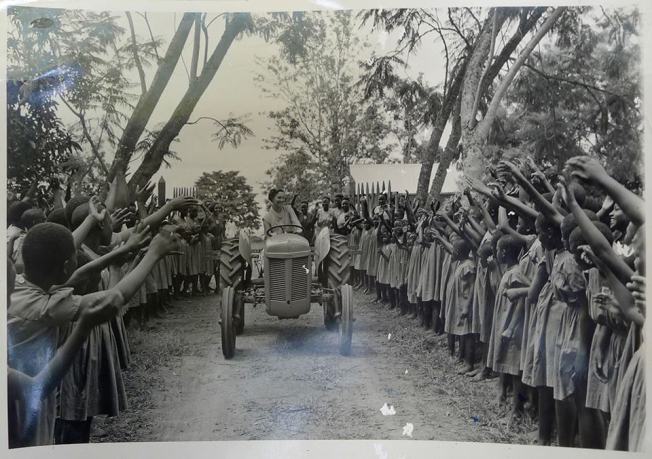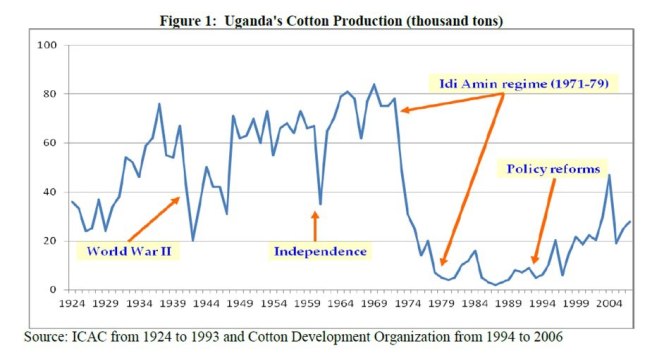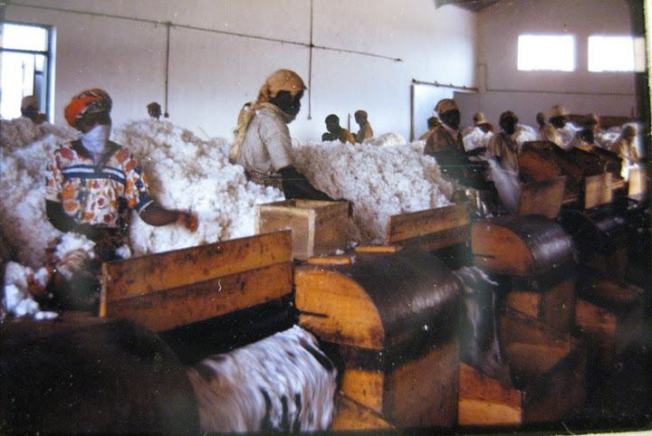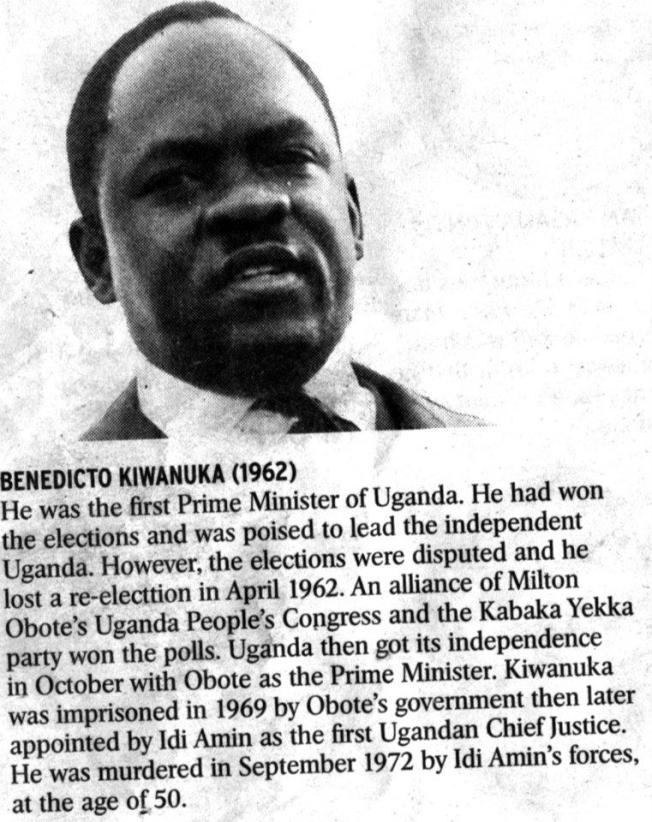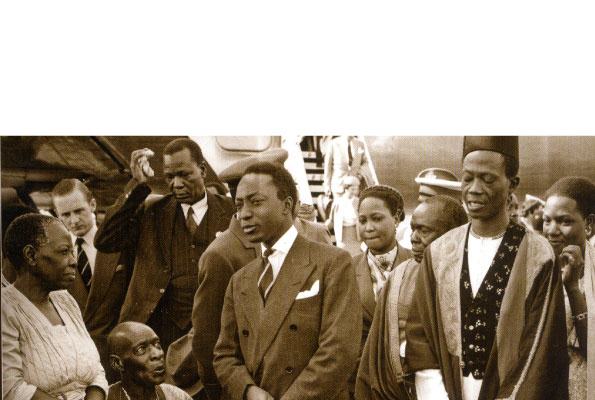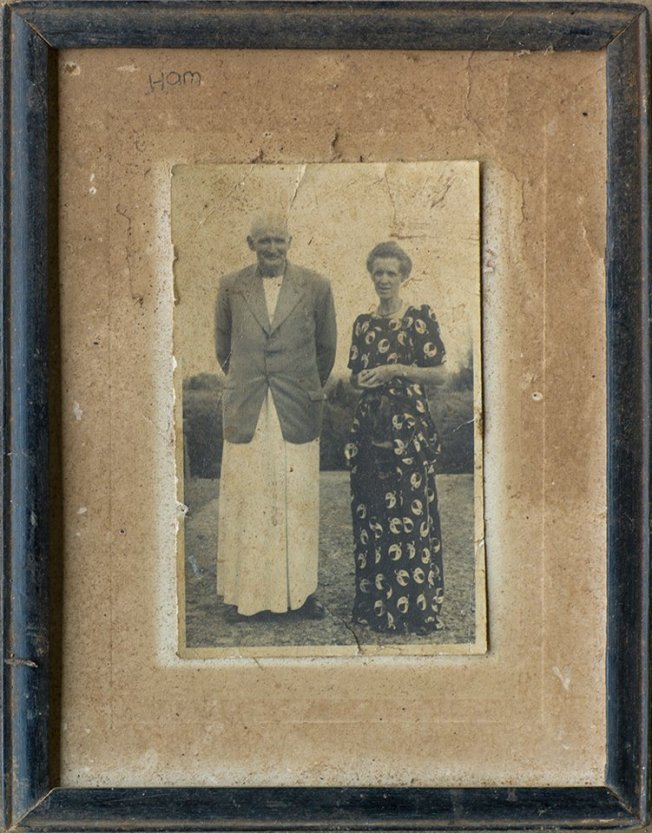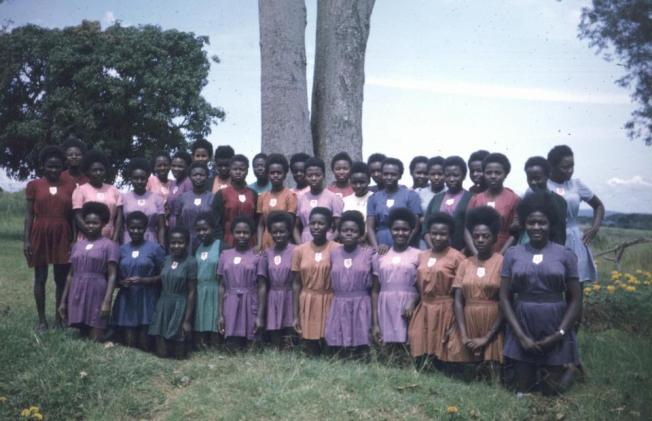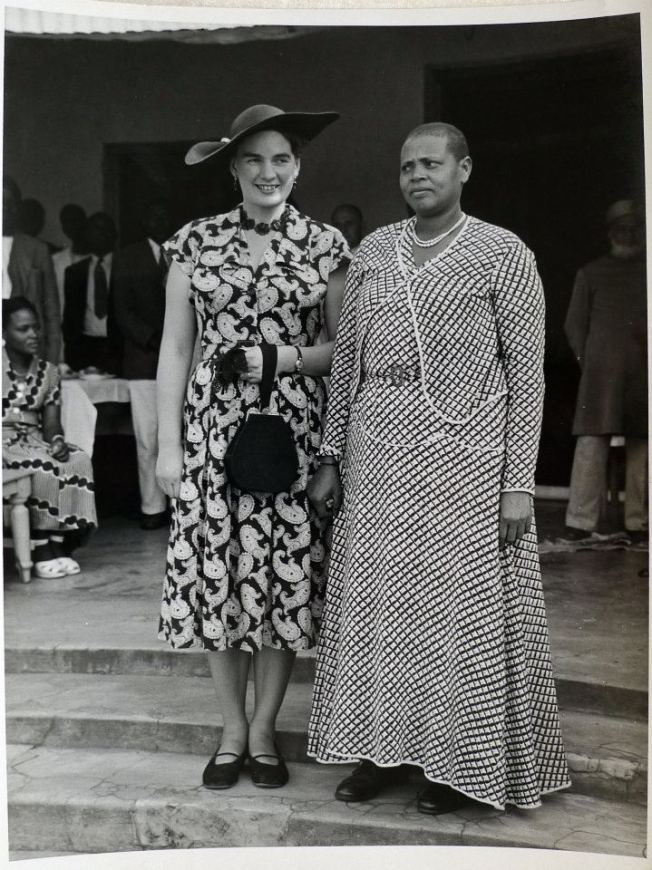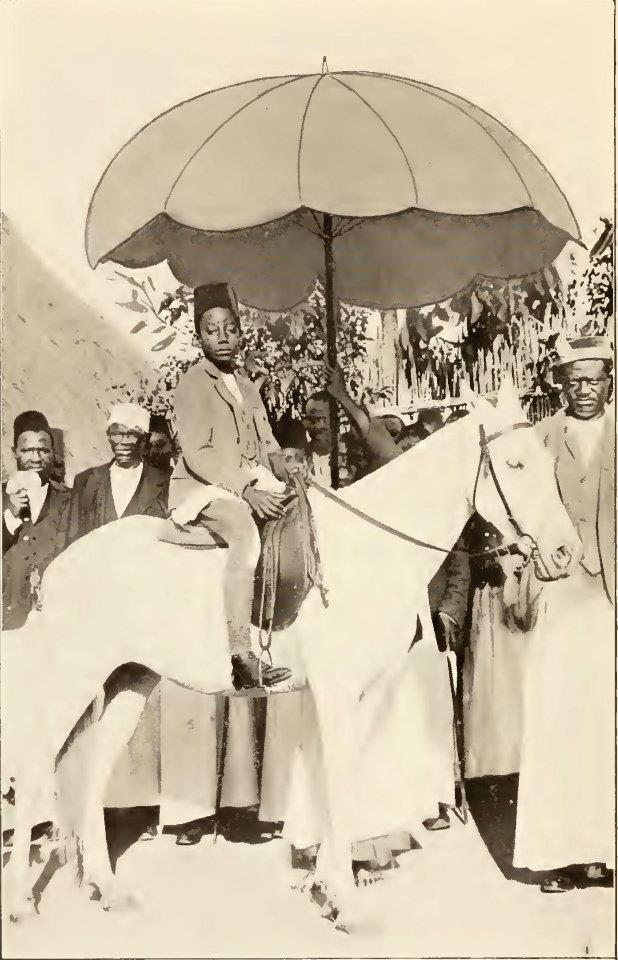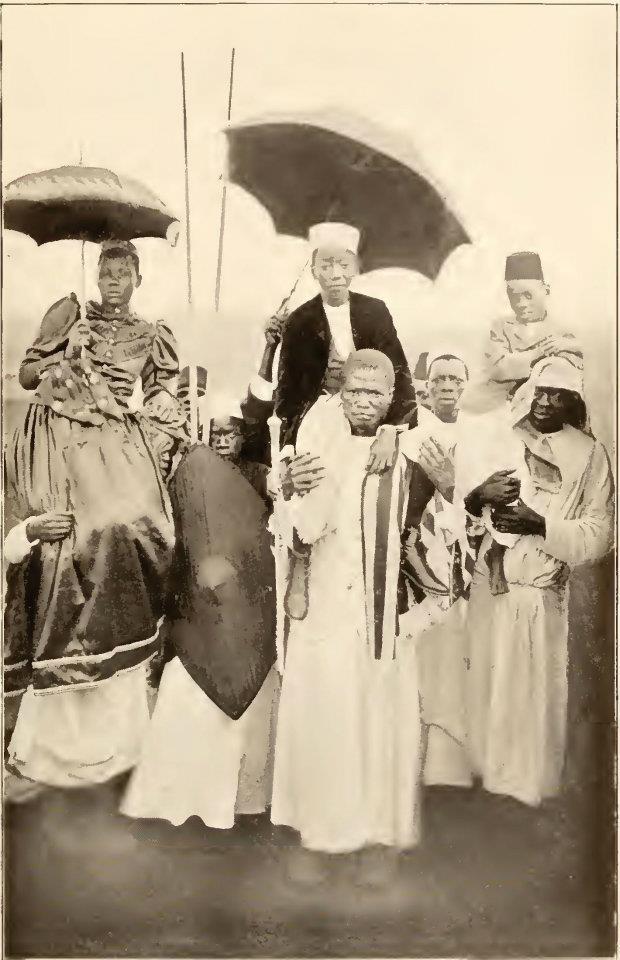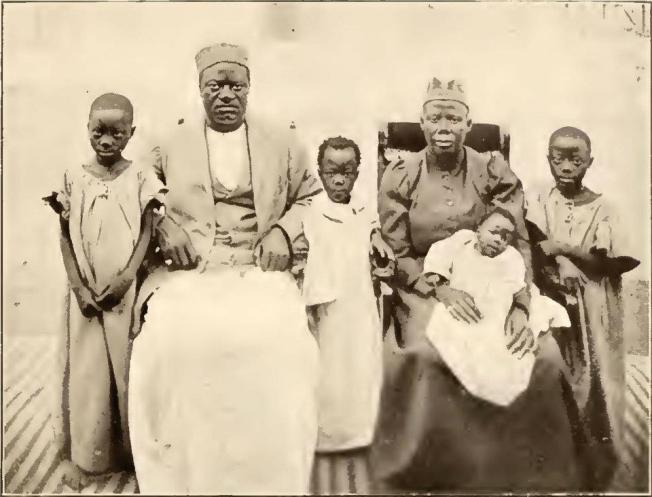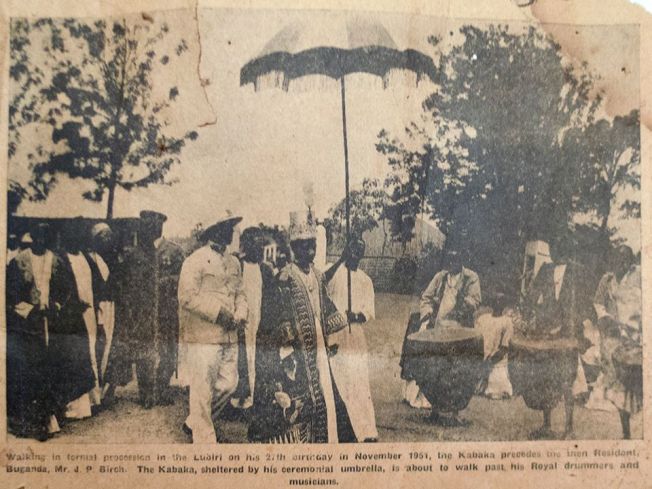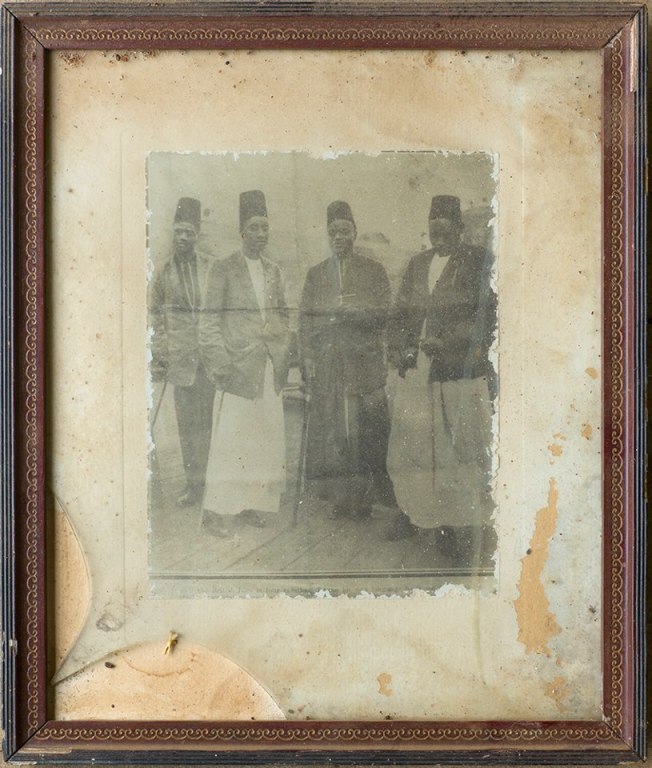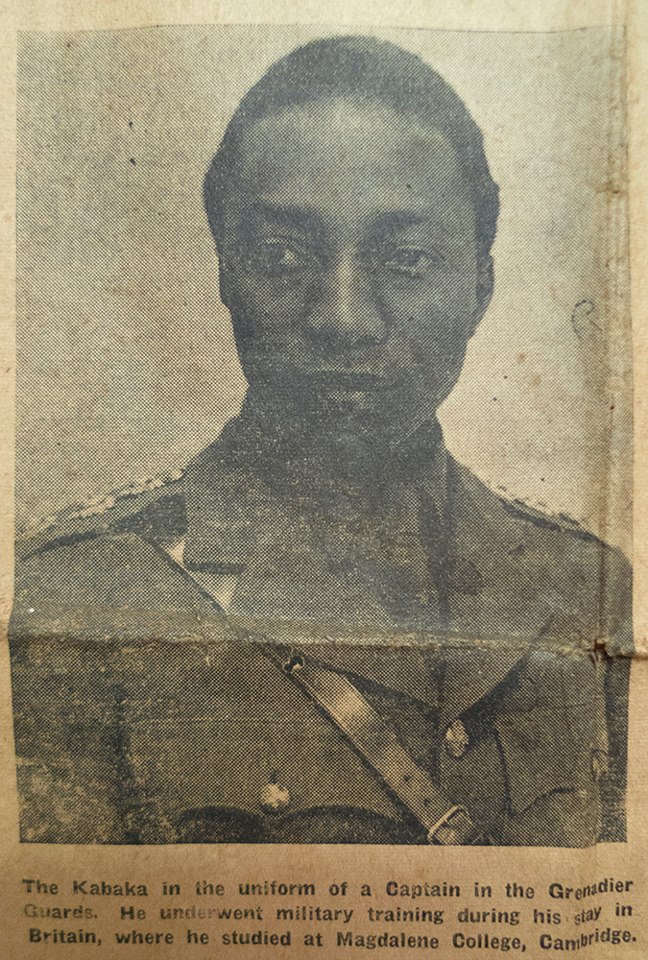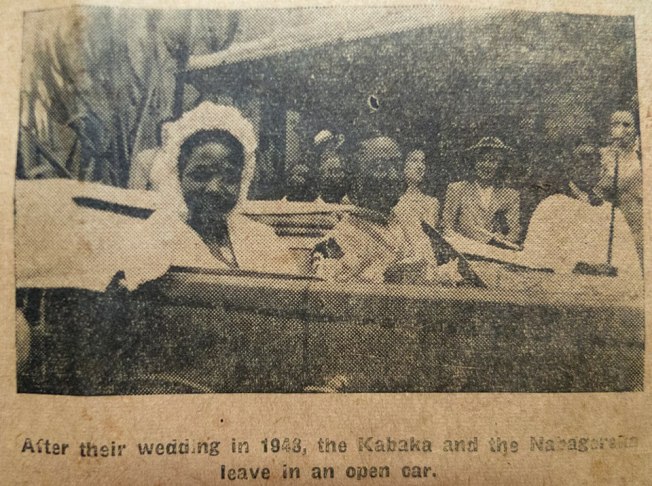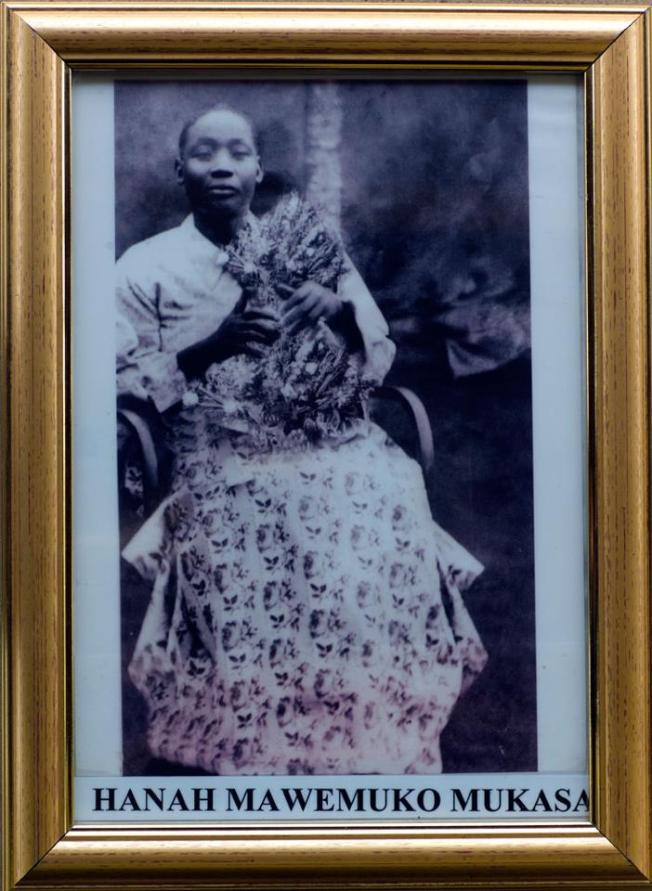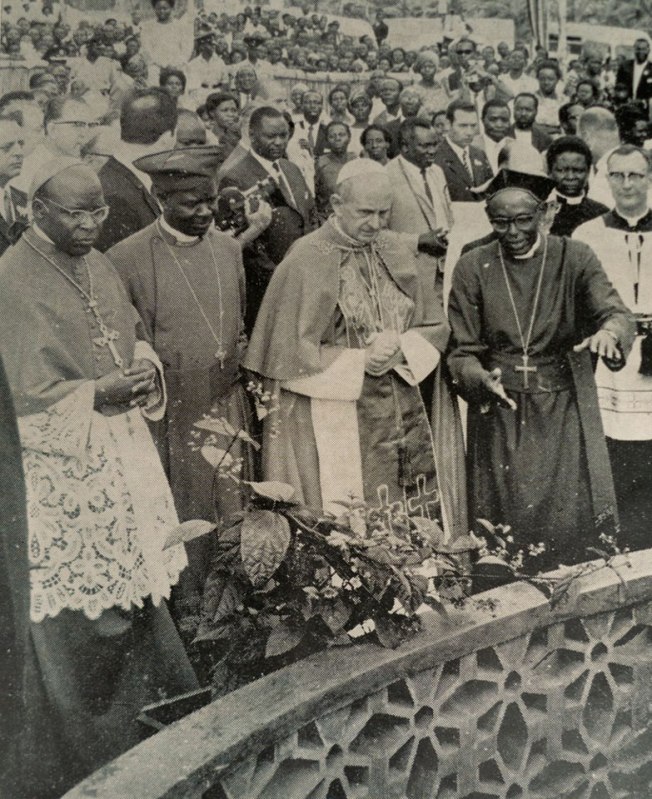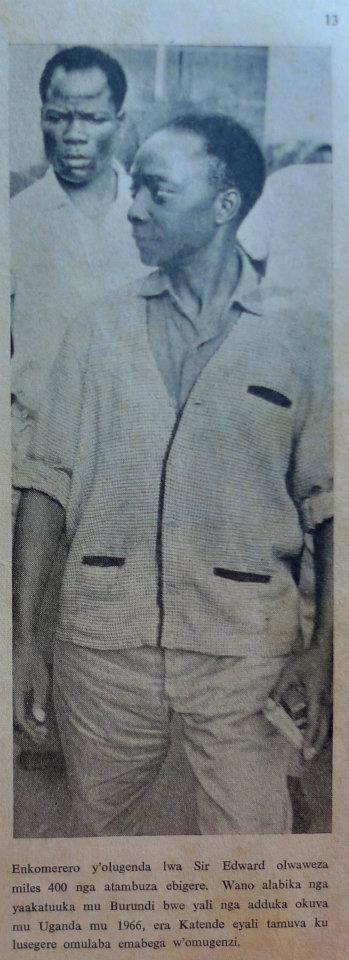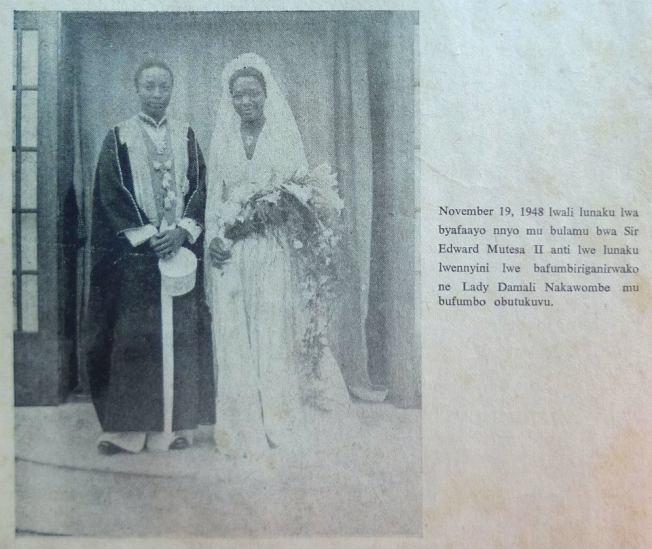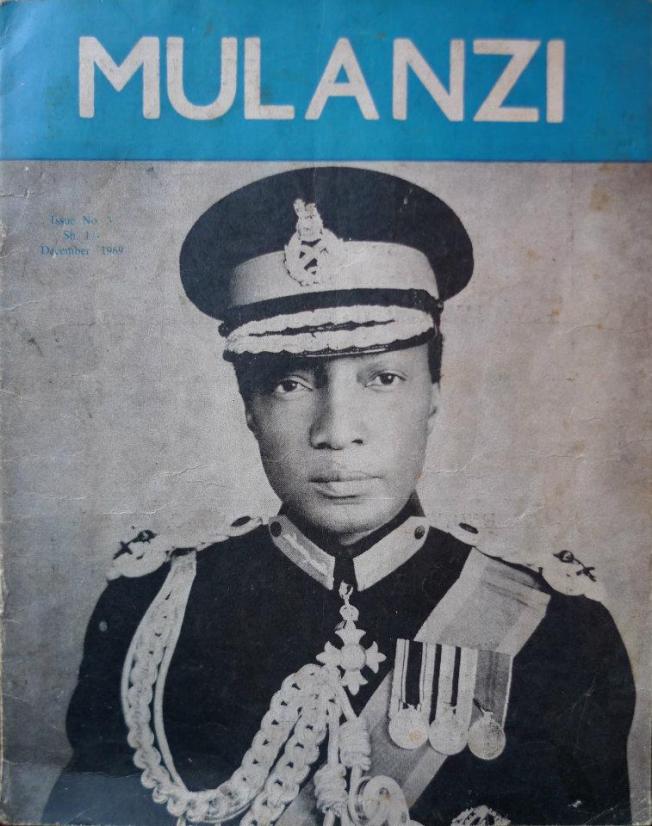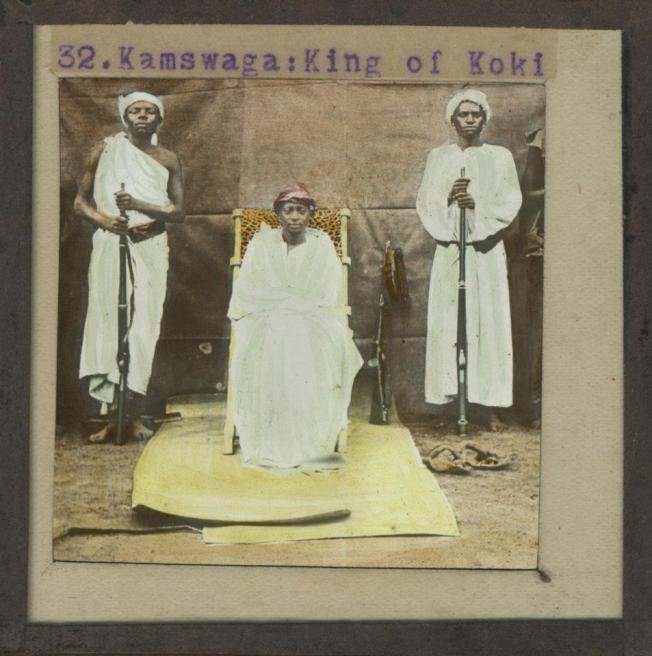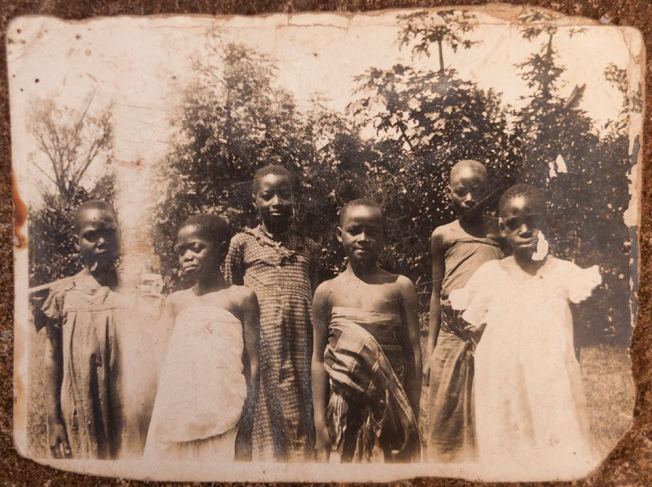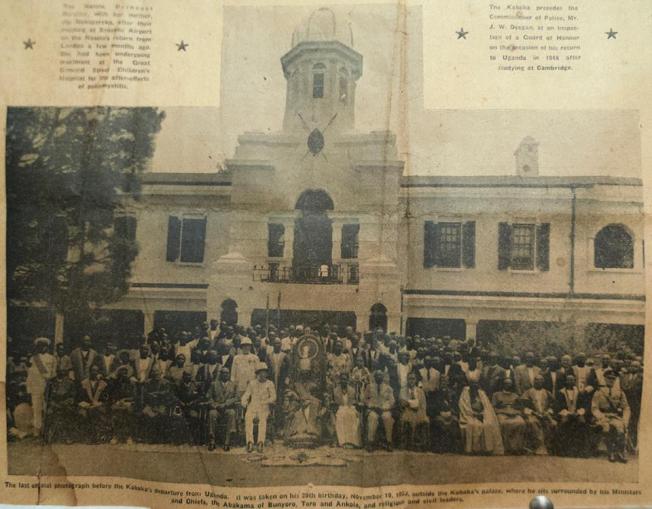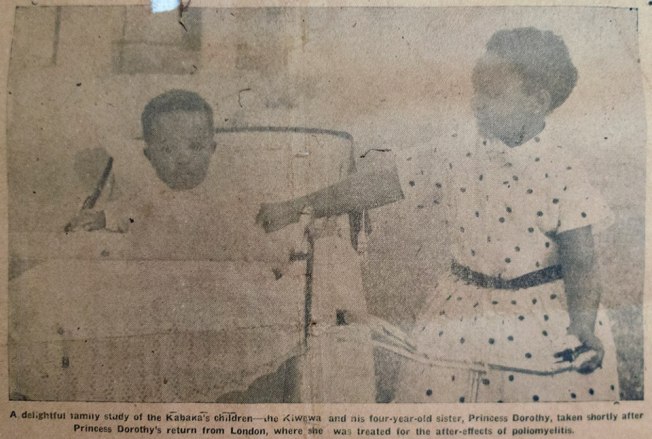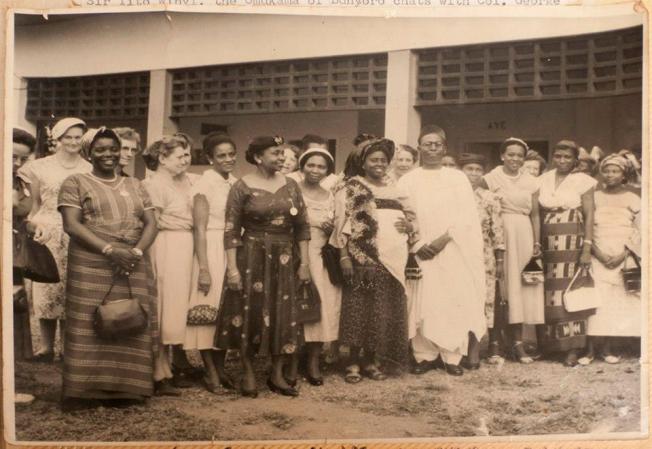Some years ago l attempted to compare African Traditional Religion, Judaism, Christianity and Islam, and it can be a good food .
l however left out celibacy, which is featring now prominently. Among the Baganda and and Africans, some priests and priestrasses lived a celibate life just like the ROman Catholic Church and partly by the Greek Orthodox Church
RELIGION:
The belief in existence of a god or gods. A system of beliefs in a god or gods that has it’s own ceremonies and traditions according to Macmillan English Dictionary for Advanced Learners.
TRADITIONAL:
It comes from tradition. Tradition means a very old custom, belief or story. Very old customs, beliefs or stories considered together according to Macmillan English Dictionary. Traditional is relating to or based on very old customs, beliefs or stories.
AFRICAN:
Relating to Africa or it’s languages or cultures according to Macmillan English Dictionary.
(Macmillan English Dictionary for Advanced Learners, International Student Edition, published by Macmillan Publishers Limited 2002. First Published 2002).
African Traditional Religion is the religions system of the Africans before they become exposed or mixed up with other religions notably Judaism, Christianity and Islam. It is still in practice in Tropical or Sub Saharan Africa. It is a belief in God, deities, spirits, fetishes, animals, plants and water bodies according to Rev. John .S. Mbiti, PHD(Canterbury). Formerly, professor of theology and comparative religion Makerere University College, and now Director of the Ecumenical Institute in Swaziland, “Africans are notoriously religions, and such people has its own religious system with a set of beliefs and practices in African”. (African Religions and Philosophy, Published by Heinemann Educational Books Ltd. First Published in 1969).
According to Baganda oral traditions and archeological evidence, the Baganda, a Bantu nation and majority nationality in Uganda, cultivators on the North Western shares of Lake Victoria, believed in the Almighty God whom they called Katonda (meaning Creator) with a shrine at Butonda in Kyaggwe County, now Mukono District. They all called him Dunda (Sheperd), Namugereka (Planner of the Universe, Liisoddene (The All Seer), Sewannaku (The Omnipresent).
According to Dr. Michael Bazzebulala Nsimbi, in his book, Amannya amaganda n’ennono zaago, Katonda, was a God of Peace In neighbouring Bunyoro – Kitara empire including Bunyoro and Ankole Kingdoms, the supreme god, was called Ruhanga which means, the one who put up every thing. And among the Luo in the Northern Uganda, notably Acholi, and Alur, Jepadola in Eastern Uganda, and Jaluo in Nyanza Province, Western Kenya, He was called Lubanga. Lubanga is now one of the gods in Buganda.
However, in the 16th Century, the Kingdom of Buganda under Kabaka (King) Nakibinge, was conquered by the sister twin kingdom of Bunyoro under Omukama (King) Winyi I. Nakibinge was killed in the battle and his body was recovered from a trench after several years. (Bassekabaka b’e Buganda by Sir Apollo Kaggwa and Abateregga, ku Namulondo y’e Buganda by J. S. Kasirye). The Baganda were driven into Lake Victoria and sought refuge in Ssese Islands. From there, they got mercenaries including Lubaale (gods) which helped and drove Banyoro away. (Dr. M. B. Nsimbi, Amannya amaganda n’ennono zaago and Prof. Lwanga Lunyiigo of Eastern Land straggles in Uganda). Among the gods was Kibuuka, the gods of wars, who was tricked by a Munyoro woman, and was killed in a battle at Mbale near Mpigi Town Council in Mawokota County. Ever since, he was worshipped as a national god of war, and he belongs to Ndiga (Sheep clan).
He had a junior brother, god Kyobe. Other gods include Wannema (god of polio), Kawumpuli (god of flue), Mukasa (god of lakes) Kiwanuka (god of thunder), Musoke (god of rain fall) Dungu ( god of hunting, Muwanga (god of hills) and mountains and also the sun, the moon, the stars and the sky.
Instead of worship one Supreme God, Katonda, directly, since the 16th Century, Baganda started worshiping lubaale. Some gods are national cutting across Baganda, and the entire great lakes, region, like Mukasa, who in Ankole, is called Mugasha, and Nakayima, whom the Banyoro and Banyankore call Nyakahuma.
Lubaale are both male and female. Among the males which cut across the region are Kaliisa in Luganda or Kariisa in Runyankitara, who is a god of pastoralists. Nakayima / Nyakahuma is a female one. Nyakahuma has a shrine at Mubende. Some are for provinces or tribes like Kyaggwe, Buddu, Bulemeezi, Singo and Ssese. For example, god Kawumpuli, has a shrine at Buyego in Bulemeezi or Luwero District.
Then there are spirits (emizimu). Those are the living dead, according to Dr. Mbiti, these are ancestors of a family both nucleus and extended, including a lineage or a sub clan. They are believed to always be around the home, to look after their off springs. This is a family affair. Whereas gods have big shrines whether national or provincial/tribal, spirits have small shrines in very homestead. For example, Baganda believe that if a banana leaf breaks down, it is a sign of an ancestor or spirit tipping his/her off spring that he/she is around.
Baganda, just like other Africans, believed in “emisambwa” which are in form of humans, animals, trees and water bodies. They believe that a “musambwa” can be in form of a beautiful woman, or a snake like python, which may not allow a dirty person to go to fetch water from a well. This was for good hygiene and sanitation. The musambwa can be in a form of a leopard, which feeds on goats of its off springs or even the off springs themselves (According to a song, Engo y’ekiggwa by Fred Sebatta of Matendo Promoted Singers).
It can also be a well like Nnalongo Nagadya at Kabowa, on the banks of River Mayanja. These is also a Musambwa of River Katonga which National Resistance Movement Army (NRM/NRA) rebels made a lot of sacrifices during the years 1985/1986 battles along Katonga bridge, on Kampala Masaka high Way, with government forces. They were passing through oracle. Nnaalongo Nakazaana, who has just passed away as Deputy Resistant District Commissioner (RDC) Mubende District.
Misambwa are also male and female. One of the males is Walumbe (compared to Angel of Death in Judaism, Christianity and Islam) or Ssaalongo Kinenebatenda. He has caved at Tanda near Mityana along Kampala-Mubende High Way. These were said to be trenches during the battles between Walumbe and his brother Kayikuuzi in a story of creation which is almost similar to that of the Bible and the Qur’an. Among the female ones is Nnaalongo Nabinene at Kabowa on the banks of River Mayanja.
Baganda believe that water bodies are born by human beings. For example, they believe that River Mayanja was born as a set of twins with the main river as Waswa (Senior) and its tributary as Kato (Junior) (Abateregga ku Namulondo y’e Buganda by J.S. Kasirye.
Most of water bodies names are female for example, Lake Victoria, is called Nalubaale (Lake of gods) among the Baganda and Basoga. The Misambwe are very similar to Arab and Swahilli Jiins of the Middle East, Indian Ocean and East African Coast. Muslims believe that Jiins are God’s creation which was created, like human beings to worship God (The Holy Quran).
Here even totems for clans among the Baganda, and other people of the great lakes religion, can be regarded as a form of Animism, another names for African Traditional Religion, of worshiping animals, plants, and other creatures.
Every clan has a totem which is its traditional symbol like the Uganda national court of arms, which is made up of a crested cane and an antelope, among others. According to Dr. Nsimbi, clan’s totems were, initially, taboos for their ancestors until they were revered. Buganda now has 56 totemic clans. These are birds, mammals, reptiles, amphibians, fish and plants. Among them are Ngabi (Antelope), Mpologoma (Lion), Ngo (Leopard), Nkima (Monkey). Nsimbi urges that this was for environment and wildlife protection.
Baganda also believe in Mayembe (Fetishes) According to Macmillan English Dictionary a fetish is “an object believed to be magic or holy and worshiped by people”. The fetishes are put in hones of wild animals like buffalo, antelopes, hippos e.t.c. The fetishes are “askaris” or enforcers of the will of lubaale (gods). They treat sick people but they are also hired to bewitch others and even strangle them.
Like lubaale, emisambwa and emizimu, mayembe also have shrines and some are regional, national provincial/tribal or clan. But they can be bought and sold off. They can also speak through oracles. But can also speak directly in darkness. However, this is subject to abuse as traditional healers under Uganda n’eddagala lyaayo failed to make fetishes speak in light at Constitutional Square as demanded by Rev. Fr. Bro. Anatoli Waswa, of Bannakarooli Brothers, a healer himself. Among the fetishes are Lubowa and Lukindu which are male, and Nambaga, Nalubowa and Nanseko, which are female. The last trio is for not only fertility but also delivery and infancy.
The others important feature in African Traditional Religion is the mediums or oracles (Abalubaale) on whom, the others communicate. These can be compared to Biblical and Qur’anic prophets or fore fellers. There are both male and female. They are used to fore tell bad and good events, but are subject to abuse, and many give false prophecies. These are the custodians of the shrines, they are medicine men/women, and they are the kabona (priests) of the African Traditional Religion.
On places of worship, just as Jews have synagogues and a Temple, Christians have Churches and Muslims have mosques, African traditionalists have shrines. Some are regional like Nakayima’s at Mubende, some are national like Katonda’s at Butonda, and some are for tribes, clan and families. Just as shoes are removed while one is entering a synagogue or a mosque, it is the same with shrines. Even women in menstruation period, and couples are not allowed to enter before bathe (Cleaning Janabbah off if Muslims). This is for cleanliness both spiritual and physical.
When it comes to offering to god, even traditionalists do so in form of goats, cows, sheep, chicken etc. Among the Baganda, lubaale Mukasa is offered a white goat, ejjembe Kiwanuka is offered a brown sheep, these are not only for slaughter but also for raring.
On pilgrimage, as Jews make a pilgrimage to Jerusalem and Christians to Holy Land, and Muslims to Holy cities of Mecca Medina and Jerusalem, African traditionalists also have their own holy places for pilgrimage. Basoga visit Bujagali falls near the source of River Nile, Baganda, Banyoro and Banyankore visit Nakayima in Mubende. Abandawula culture makes periodical pilgrimage at Buwaali. Many tribes and clans have their ancestral and spiritual places they visit at specific periods.
These are also rituals like initiation ceremonies. Among the Jews, it is circumcision on the 7th day of a baby boy. Among the Christians, it is baptism and among the Muslims, it is circumcision of a baby boy. Some Africans also practice circumcision both male and female, although female genital mutilation is abandoned as inhuman. In Uganda only Sabiny tribe in Sebei Sub Region, eastern Uganda still practices it. The Bamasaba and Sabiny tribes on Mount Elgon and Bakonjo and Bamba tribes on Rwenzori Mountains of the Moon on Uganda/ Congo boarder practice male circumcision.Howver World Health Organisation has recommended for circumcision of all males for hygienic and medical purposes but there is no political will among some African countries like Uganda to support the move.
Most tribes in Kenya, North Africa, the Sudan’s belt and West Africa practice male circumcision. Some still practice female genital mutilation. Among the Baganda, the initiation ceremony is called “Okwalula abaana (initiating the children into the family or clan) or okuzina abalongo (a special initiation ceremony for twins)”
The other important feature is the story of creation. As Jews, Christians and Muslims, believe that God created Adam and Eve who produced all human beings on planet Earth, African traditionalists also believe that God created the fathers and mothers of their tribes and nations. For example, Baganda believe that the first man on earth or first Muganda was Kintu who was poor and had one cow on whose dung and whose urine he fed until he married Nambi the daughter of Gulu, the god of sky. Nambi made a mistake of retrning home contrary to Gulu’s order and she came with her brother Walumbe (Death) who started killing Kintu and Nambi’s children until another brother Kayikuzi, came to confer Walumbe’s antics the battle was at Tanda near Mityana Highway along Kampala-Mubende High Way. (Dr. Nsimbi in Amannya Amaganda n’ennono zaago)
The Bamasaba, Basoga, Banyoro and Banyankole also have a story of Kintu, although slightly different from that of Baganda. The Banyoro and Banyankore, for example, believe that Kintu was the first man on earth or in Kitara region and had three sons, Kairu (cultivator) Kahima (pastoralist) and Kakama (ruler) who are the ancestors of all cultivators, pastoralists and rulers respectively. The Kikuya also had a story of Gikuyu and Mumbi as the father and mother of the tribe respectively. (Prof. Ngugo wa Thiongo in the River Between).
However, the creation stories are attributed to the end of first millennium and beginning of the second millennium and are therefore inaccurate. Even that of Biblical, Adam which is said to have happened over 6,000 years ago, is contested as man has been on the East African Plateau two hundred thousand years ago, according to archeological discoveries. The Pygmies were here before the formation of Lake Victoria and the East African Rift Valley, according to archeological evidence. The oldest fossils were found in Ethiopia, Olduvai George in Tanzania, Nsongezi on River Kagera in Uganda and also in South Africa (East Africa Through A Thousand Years by S. Were and Wilson 1982).
Like Jews, Christians and Muslims, Africans also believed in life after death. Although they were not specific on Haven and whether physical or spiritual, ancient Egyptians and Nubians believed in life after death. They built Pyramids for their pharaohs (kings) where they buried them with their wives, servants, dogs, food, cooking utensils etc… so that they use them in life after death. Africans’ belief in emizimu (spirits) as living deads, is a sign of believing in life after death. In fact, the Luganda word “okufa” (death) is derived from “okufuuka ” (to change).
But like Judaism, and unlike Christianity and Islam, ATR is not missionary. It is hereditary although a person can be integrated in a clan or tribe and a foreign god and practice can be integrated.
Unlike Jews who have the Old Testament, Christians who have the Gospel and Muslims the Quran, ATR has no standard written holly book. Although the art of writing was discovered by early Egyptians along the Nile valley, Sub Saharan Africans remained illiterate until the second half of the 19th century. However, all dos and don’ts of ATR are kept in unwritten holly books in form of oral traditions from one generation to another according to Mbiti, ATR is a practicing religion (Chapter one, introduction). This is like the British oldest parliamentary democracy but with an unwritten constitution.
Like Christians and Muslims have rosaries, ATR also have cowrie shells, coffee beans, coconuts and beads. But the cowries and beads are used more in fore telling by oracles other than worshiping.
Again, as the Jews observe the Sabbath, the Christians observe Sunday, and Muslims observe Juma or Friday as holidays, Baganda observe the night of the New Moon as a day of peace and resting (olunaku lw’obwerende (according to Dr.M.B.Nsimbi in Tuyige Oluganda, a Luganda language pamphlet for secondary students). This was observed every lunar month. They also revere Wednesday, which they attribute to god Mukasa, as a resting day for gods and most shrines are closed on the day.
Unfortunately, ATR was invaded by Judaism, Christianity and Islam which were superior in all forms. The Bible and the Quran talk about Moses, a Jewish prophet who was attacking Egyptian pharaoh for practicing ATR. According to Moses, the African religion was polytheism.
Church history also shows the early church in North Africa especially Egypt, Nubia and Ethiopia. All those abandoned ATR and embraced Christianity. When Christianity was declared by Emperor Constantine as a state religion in the 4th century A.D., the whole of North Africa, which was under Roman Empire, became Christian, at least in name until it was conquered by Muslims and became Arab. Likewise, East African Coast, and much of West African was also Muslimised. The remaining part in the heart of Africa, was rounded up during the time of slave trade (by Arabs in Eastern Africa) and Europeans in Western and Southern Africa) between 1490 and 1900, and ATR was condemned as a pagan religion.
However, according to Prof. Ali Mazcui (in a clash or civilization, a British Broadcast Corporation’s documentary that was also shown on UTV now UBC TV and WBC, Africans practice two religions; privately she/he practices ATR and publicly Islam or Christianity.
This was exhibited during the five years bush war in Luweero triangle from 1981 to 1986, where even President Yoweri Museveni confessed that his fighters practiced the two. In the state of Benin, West Africa, ATR (Vudu) was declared a state religion, by then president Soglo and many African immigrants in west especially Nigerians practice it in Europe and America.
Traditions have it that before a Catholic is ordained a priest; he is first ordered to ensure that his ancestral background will not disturb him during priesthood. It is also claimed that whenever a Muslim is to perform pilgrimage, he is also ordered to ensure that he does the same so that s/he is not disturbed during pilgrimage. That is a partial recognition of ATR’s power.
CONCLUSION
ATR is represented at the African Council of Religions AND IS RECOGNIZED BY World Council of Religions, under United Nations, but it is yet to be represented at Uganda Inter Religious Council (made up of Roman Catholics, Anglicans, Greek Orthodox, Muslims and Seventh Day Adventists), neither is it represented to lead prayers on national days and occasions as it is the case with Islam and Christianity. As Dr. Mbiti says, ATR made exchanges with other Middle Eastern religions like Judaism, Christianity and Islam, and therefore contributed to their civilization. It should not just be condemned by Crusaders and Mujahideen as a mere pagan religion.
Kateregga Musaazi Ahmed is a post graduate student of Arts-Religion, Peace and Conflict Resolution , Islamic University In Uganda.




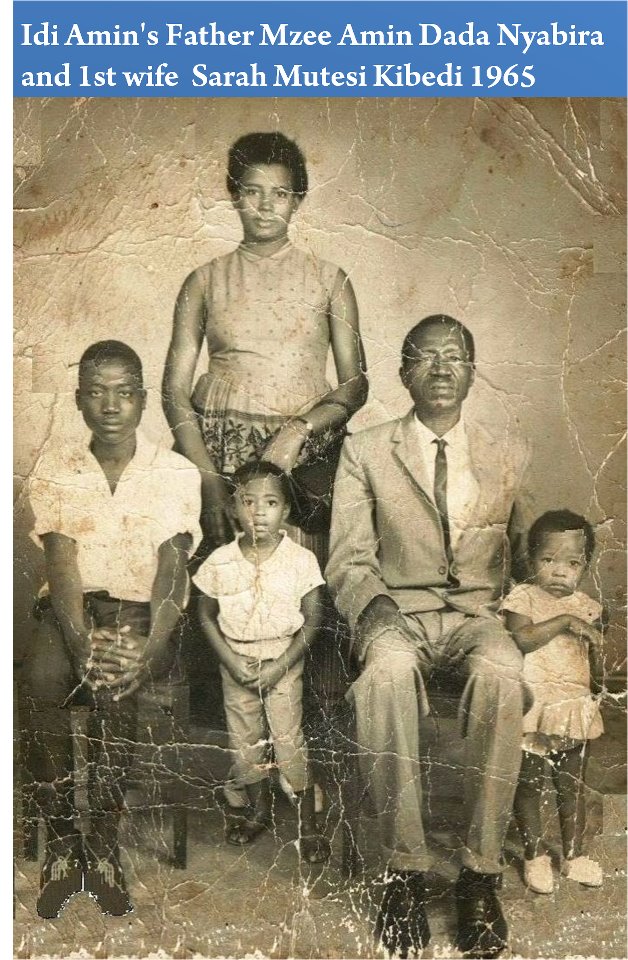

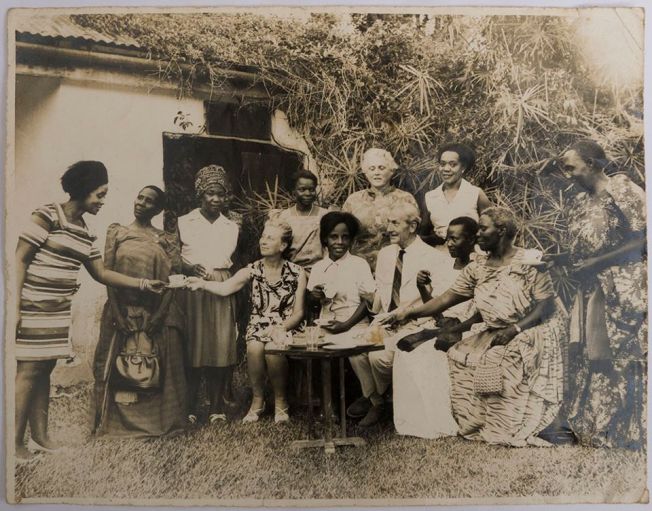
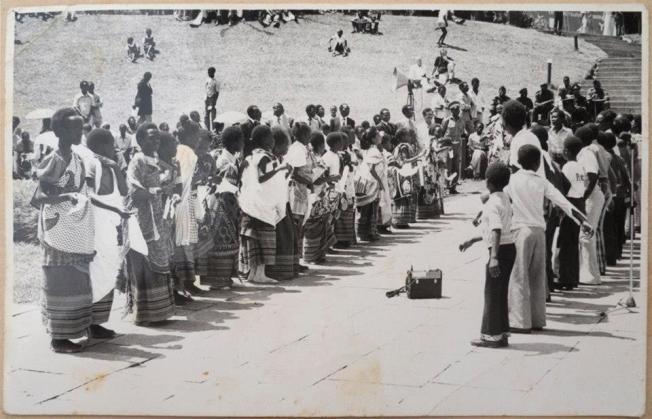
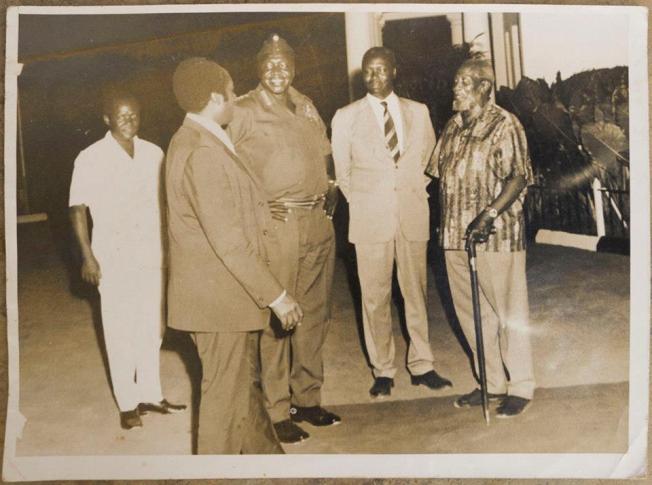
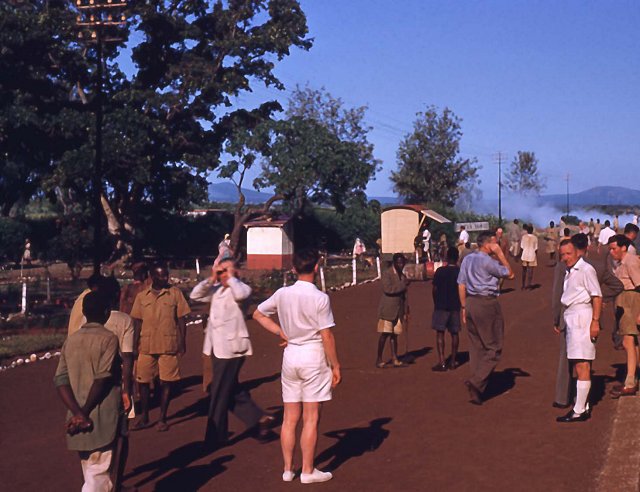
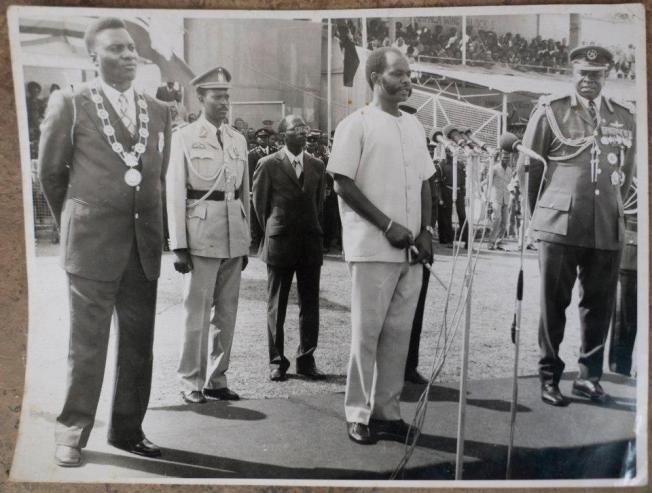
!['S.E. Le Lieutenant Général Michel Micombero. Premier Président de la République du Burundi. Libérateur du Peuple Murundi' [H.E. Lt. General Michel Mocombero. First president of the Republic of Burundi. Liberator of the Murundi people]](https://ekitibwakyabuganda.wordpress.com/wp-content/uploads/2013/04/hb2.jpg?w=652&h=824)
